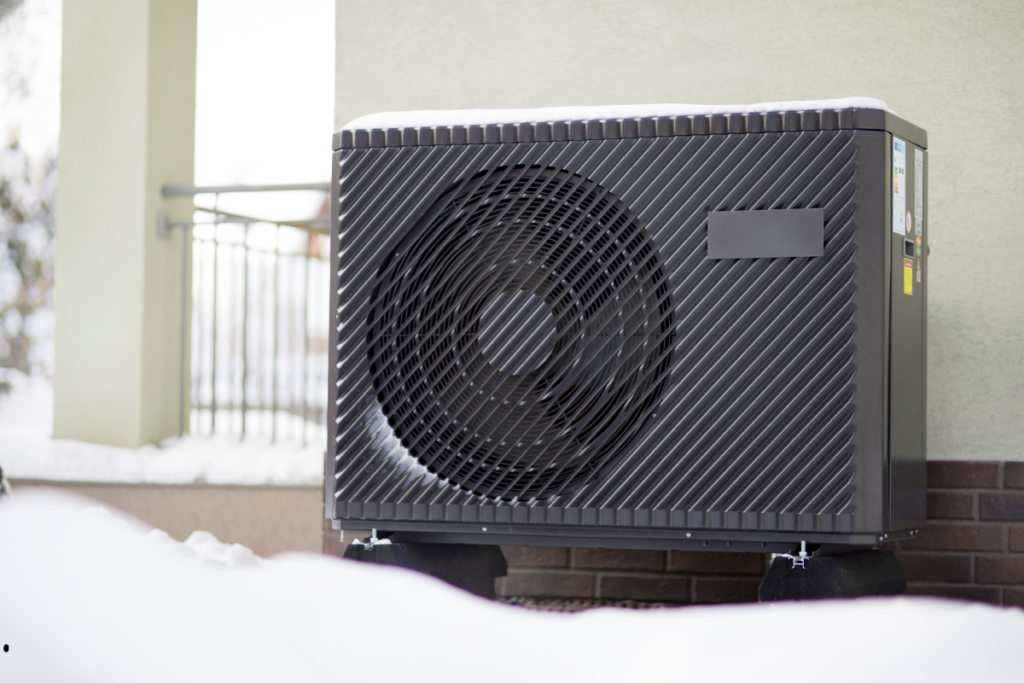Heat Pumps. How it works?
Heat pumps are becoming increasingly popular as an efficient and environmentally friendly solution for heating and cooling homes. They work by transferring heat from one place to another, making them a versatile option for various applications. In this article, we will explore how heat pumps work, their different types, and their costs, with a focus on key aspects like heat pump water heaters, heat pump tumble dryers, and the use of R290 refrigerant.
How Heat Pumps Work
A heat pump operates on a simple principle: it moves heat rather than generating it. This process is highly efficient because it uses less energy to transfer heat compared to producing it through conventional methods like electric resistance heating or burning fossil fuels. Here’s a basic breakdown of how a heat pump works:
- Heat Absorption: The heat pump extracts heat from the air, ground, or water outside your home.
- Heat Transfer: It then transfers this heat to a refrigerant, which is compressed to increase its temperature.
- Heat Release: The heated refrigerant passes through a heat exchanger, releasing the heat into your home.
- Cooling: In the summer, the process is reversed to cool your home by extracting heat from indoors and releasing it outside.
Heat Pump Water Heater
A heat pump water heater is a specific type of heat pump designed to heat water for household use. It operates similarly to a regular heat pump but focuses on heating water rather than air. This type of heater is significantly more energy-efficient than traditional electric water heaters because it uses ambient air to heat the water. By doing so, it can reduce energy consumption and lower utility bills.
Heat Pump Tumble Dryer
Another innovative application of heat pump technology is in tumble dryers. A heat pump tumble dryer uses a closed-loop system to dry clothes by extracting moisture and releasing it as condensed water. This method is much more energy-efficient than conventional dryers, which use electric resistance heating. The heat pump dryer not only saves energy but also is gentler on clothes, reducing wear and tear.

Heat Pumps Cost
The cost of installing a heat pump varies depending on the type, size, and complexity of the system. Generally, the initial investment can be higher than traditional heating and cooling systems. However, the energy savings over time often make heat pumps a cost-effective choice in the long run. Additionally, many regions offer incentives and rebates for installing energy-efficient systems, further reducing the overall cost.
Heat Pumps R290
R290, also known as propane, is an environmentally friendly refrigerant used in some heat pumps. It has a low global warming potential (GWP) and is an excellent alternative to traditional refrigerants that are harmful to the environment. Heat pumps using R290 are highly efficient and have a reduced environmental impact, making them an attractive option for eco-conscious consumers.
Conclusion
Heat pumps offer a versatile and efficient solution for heating and cooling homes, as well as for specific applications like water heating and drying clothes. By understanding how heat pumps work and their various benefits, homeowners can make informed decisions about integrating these systems into their homes. Despite the higher initial cost, the long-term energy savings and environmental benefits make heat pumps a smart investment for the future.
Whether you are considering a heat pump water heater, a heat pump tumble dryer, or a system using R290 refrigerant, the shift to this technology promises lower energy bills and a greener planet. Embrace the future of heating and cooling with heat pumps and enjoy the comfort and savings they bring.


